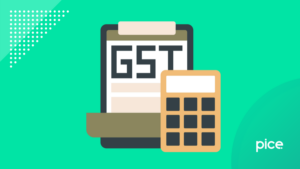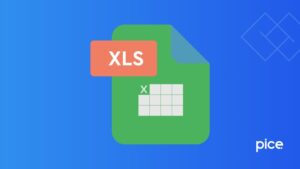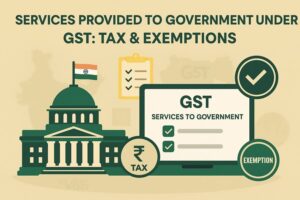What is GST Payable? Payment of Tax Under GST
- 23 Jan 25
- 10 mins
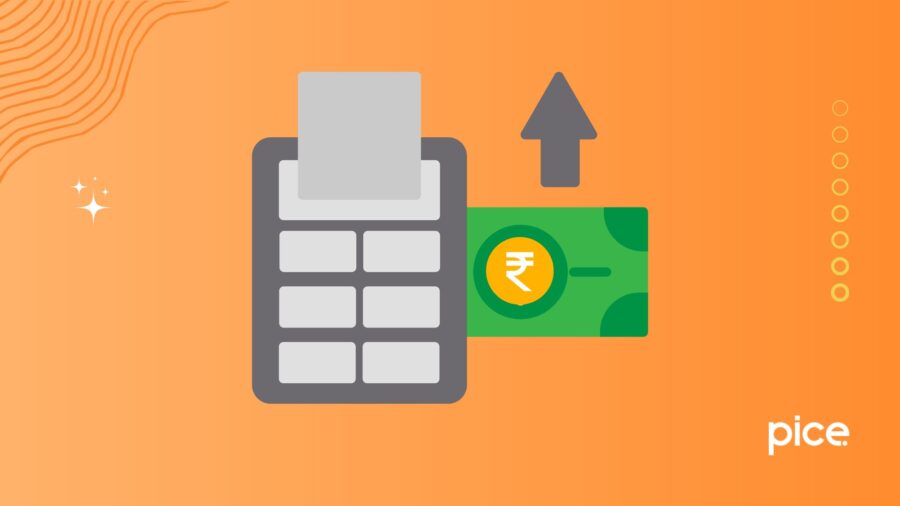
What is GST Payable? Payment of Tax Under GST
- Basics of the GST Payment Process
- Step-by-Step Guide to Payment of Tax Under GST
- Role of Electronic Ledgers in GST Payments
- Set-Off Rules and Cross-Utilization of ITC
- Interest and Penalties for Delayed Payments
- Additional Considerations Associated with GST Payment
- Who Should Pay GST?
- GST Payment for Different Taxpayers
- Conclusion
Key Takeaways
- GST unifies India's taxation system for goods and services.
- GST liability includes CGST, SGST/UTGST, IGST, and Cess.
- Electronic ledgers track liabilities, ITC, and payments.
- Delayed payments incur 18% interest and ₹10,000 or 10% penalty.
- Different taxpayers follow specific GST payment procedures.
The Indian Government introduced the Goods and Services Tax (GST) in 2017 to create a unified taxation system. Suppliers of goods and services in India followed by importers have to pay GST if their annual aggregate turnover exceeds the prescribed threshold provided by the government.
GST payable includes multiple components for Indian businesses registered under GST and the Reverse Charge Mechanism (RCM). Learn what is GST payable and how to make GST payments using electronic ledgers in detail here.
Basics of the GST Payment Process
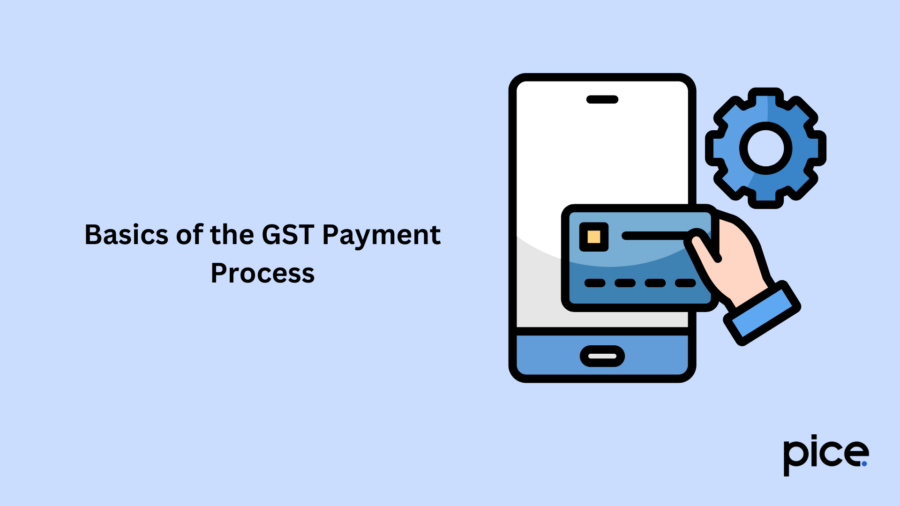
The government levies GST on the supply of services and goods in India. GST payable is the total tax liability of a taxpayer to the government for a specific tax period.
The calculation of GST liability includes outward taxable supplies or sales after eligible input tax credit consideration on purchases. GST liability of a taxpayer can consist of the following components:
- Central Goods and Services Tax (CGST)
- State Goods and Services Tax (SGST)
- Integrated Goods and Services Tax (IGST)
- Cess, if applicable
Taxpayers can offset their tax liabilities under the GST system with available ITC if they comply with predetermined set-off rules. After ITC utilisation, taxpayers need to pay the remaining GST liability using the GST portal and preferred payment method.
Step-by-Step Guide to Payment of Tax Under GST
Here is the entire GST payment process enabled by the government’s digitised system:
Step 1: Calculate Tax Liability
You need to calculate the total GST payable, including CGST, SGST, and IGST liabilities, after the ITC adjustment.
Step 2: Utilise Input Tax Credit (ITC)
You can use the available ITC in your electronic credit ledger to set off your tax liability and reduce the total cash outflow for tax payments.
Step 3: Deposit Funds into the Electronic Cash Ledger
In case an additional tax liability is outstanding after you utilise ITC, you need to pay it by depositing funds into your electronic cash ledger.
Step 4: File GST Returns
As a taxpayer, you can file GST returns in forms GSTR-3B or GSTR-1 as applicable. Ensure the tax returns reflect the correct tax liability for the concerned tax period.
Step 5: Make Payment
Once you file tax returns, the outstanding liability (if any) needs to be paid by debiting the necessary amounts from your electronic cash or credit ledger.
Role of Electronic Ledgers in GST Payments
The GST system has provisions for three ledgers to track cash balances, input tax credits, and tax liabilities. Businesses can efficiently manage their tax obligations using these ledgers while ensuring transparency.
These ledgers are usually called electronic ledgers, which are online accounts to maintain records of taxpayers’ liabilities, credit transactions, and payments. A taxpayer can access the following electronic ledgers on the GST portal:
Electronic Liability Ledger
Electronic Credit Ledger
Electronic Cash Ledger
Here are the roles of each ledger with distinct purposes:
- Electronic Liability Ledger
This ledger records all applicable GST liabilities, such as tax, penalties, interest, and fees. The amount due for a specific tax period is available in this ledger. Further, this ledger reflects updated liabilities arising from return filings or notices that tax authorities issue.
- Electronic Credit Ledger
This ledger maintains a record of the eligible ITC that taxpayers can use to set off their tax liabilities. ITC in this ledger includes taxes paid by businesses on the purchase of goods and services.
- Electronic Cash Ledger
This ledger acts as a digital wallet for taxpayers in which they can deposit funds to pay outstanding tax liabilities. Taxpayers can seamlessly use the deposited money in the electronic cash ledger to pay penalties, taxes, fees, or additional GST liabilities.
Set-Off Rules and Cross-Utilization of ITC
You can optimise ITC and off-set your GST liabilities in the following ways:
- IGST Liability: You can use credit for IGST to set off IGST liability first and then CGST and SGST-UTGST (Union Territory GST) liabilities.
- CGST Liability: You can use CGST credit to pay CGST and IGST liabilities. However, you cannot use it to pay SGST/UTGST liabilities.
- SGST/ UTGST Liability: You can use SGST credit to pay SGST/UTGST liabilities, followed by IGST liabilities. However, you cannot use SGST credits to pay CGST liabilities.
The above-mentioned rules under the GST law aim to avoid misapplication of GST credits. Here is a simplified tabular illustration of credit utilisation:
| Type of Credit | Used to Pay First | Then Used to Pay | Cannot Be Used to Pay |
| IGST | IGST | CGST, SGST/UTGST | NA |
| CGST | CGST | IGST | SGST/UTGST |
| SGST/UTGST | SGST/UTGST | IGST | CGST |
Interest and Penalties for Delayed Payments
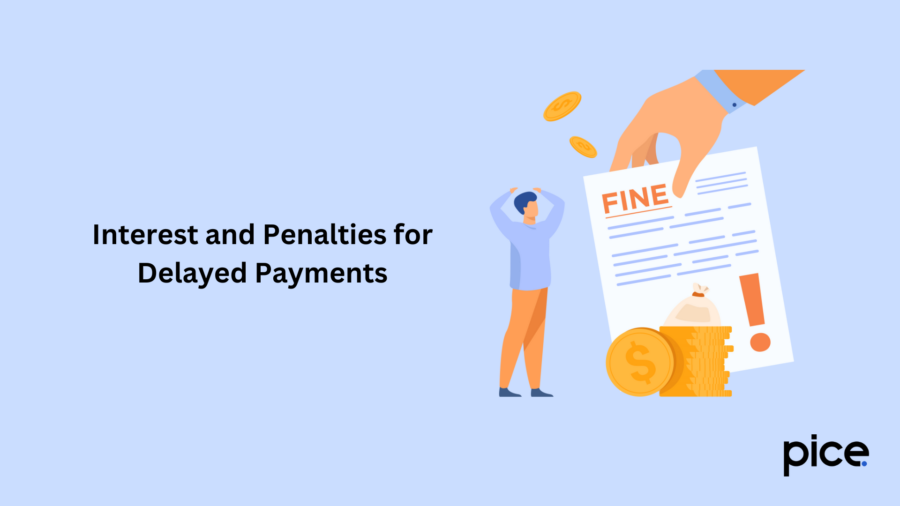
The government levies penalties and interest on taxpayers if they fail to pay GST within the deadline. The interest on delayed payments is 18% per annum, calculated from the due date of tax payment and the actual date of payment.
In addition, the government imposes a penalty for delayed payment, amounting to ₹10,000 or 10% (whichever is higher) of the short-paid or unpaid tax. Taxpayers can avoid paying additional charges such as interest by paying their GST liabilities within the deadline for reduced financial burden.
Additional Considerations Associated with GST Payment
Taxpayers might often find GST payment status as ‘Payment Under Process’ on the unified portal. This indicates that the payment is subject to verification before being processed. On completion, the respective ledger will reflect the GST payment.
Moreover, GSTIN holders can track their GST payment status, using the unique identification number allotted to each transaction as per the GST regime. This number not only ensures transparency in the GST system but also helps taxpayers maintain accurate records of tax payments.
Who Should Pay GST?
If the output tax liability is more than the input tax liability for a person supplying goods or services, then he/she is liable to pay GST. Under the Reverse Charge Mechanism (RCM), the good or service recipient is liable to make GST payments. Notably, an individual needs to be registered under GST to pay such taxes.
Here are the persons liable to pay GST in India on supply of goods and services:
- Registered Taxable Persons: The GST regulations have set an annual turnover threshold for businesses. If a business owner exceeds the turnover threshold, it has to mandatorily register under GST and pay the taxes for specific tax periods.
- Suppliers: Individuals, corporations, firms or entities who supply taxable goods or services have to collect and remit GST to the government.
- Importers: Importers in India have to pay GST on imports at the time of importation.
If you are a registered person under GST, ensure you comply with the GST laws and regulations for a smooth taxation system in India.
GST Payment for Different Taxpayers
Taxpayers in India usually have to follow similar GST payment procedures. If the electronic cash ledger of a taxpayer has sufficient funds, he/she can use it to make GST payments. However, if the ledger has insufficient funds, the concerned taxpayer has to deposit money into the cash ledger using a challan for payment and compliance with GST payment regulations.
Here is the list of taxpayers and their tax payment processes:
Regular Taxpayer
Regular taxpayers need to pay taxes in the following way:
- Challan Usage: Regular taxpayers need to use PMT-06 challan to pay GST to their electronic cash ledger aligned with GSTR-3B filing.
- Challan Details: GSTR-3B return reflects the details entered in the PMT-06 challan.
- Payment Options: Taxpayers can generate challan for GST payments before or after login or while filing GSTR-3B returns to facilitate flexible payment avenues.
Quarterly Taxpayer
Quarterly taxpayers need to pay their GST following the process mentioned below:
- Scheme Participation: Under the QRMP (Quarterly Return Filing and Monthly Payment of Taxes) scheme, taxpayers pay taxes monthly while filing returns quarterly.
- Payment Schedule: Taxpayers need to remit tax liabilities for the first two months of the quarter using PMT-6. However, payment for the last month of the quarter needs to be undertaken while filing GSTR-3B.
- Process Overview: The GST guidelines define the payment process for quarterly taxpayers for a seamless experience.
Taxpayers with Nil GST Returns
Here is the payment process for taxpayers with nil GST returns:
- Zero Liability Status: If, during a tax period, a taxpayer has no sales or purchases resulting in no tax obligations, this category is applicable.
- Exemption from Payment: For compliance with nil filing requirements, these taxpayers are exempt from creating a challan to make payments.
- Additional Resources: Taxpayers can refer to guidelines provided by the GST authorities for detailed insights into nil filing obligations.
Composition Taxable Persons
Composition Scheme taxable persons need to follow the procedure mentioned below:
- Sales Summary: Composition taxable persons need to use challan CMP-08 to consolidate their sales or turnover information.
- Tax Payment: Based on the consolidated details, this category of taxpayers has to remit the applicable tax amount to the government.
- Procedural Guidance: The tax authorities provide detailed instructions in specified resources to file CMP-08 and fulfil tax obligations.
Conclusion
The total tax liability of a GST-registered taxpayer including CGST, SGST/UTGST and IGST is what is GST payable. GST-registered businesses can comply with regulations by paying their tax liabilities within the time limit. However, late payment of GST by taxpayers attracts penalties and interest imposed by the government.
While 18% interest applies for delayed GST payment, the penalty imposed is either ₹10,000 or 10% of the unpaid or underpaid tax. The interest applies from the due date to the actual payment date of taxes after delay. Ensure you pay your GST on time to avoid the imposition of interest and penalties.
💡If you want to streamline your payment and make GST payments, consider using the PICE App. Explore the PICE App today and take your business to new heights.
FAQs
What is GST payable, and how is it calculated?
What are the components of GST, and how do they differ?
What are electronic ledgers in GST, and what are their roles?
Liability Ledger records tax liabilities, including penalties and interest.
Credit Ledger tracks available ITC for setting off liabilities.
Cash Ledger acts as a digital wallet for paying taxes and fees.
These ledgers ensure transparency and efficient tax management.
What happens if GST payment is delayed?
Who is required to pay GST, and under what conditions?
Registered taxpayers exceeding the turnover threshold.
Suppliers of taxable goods and services.
Importers on imported goods.
Additionally, under the Reverse Charge Mechanism (RCM), recipients of specific goods/services are liable to pay GST directly to the government.
 By
By 







